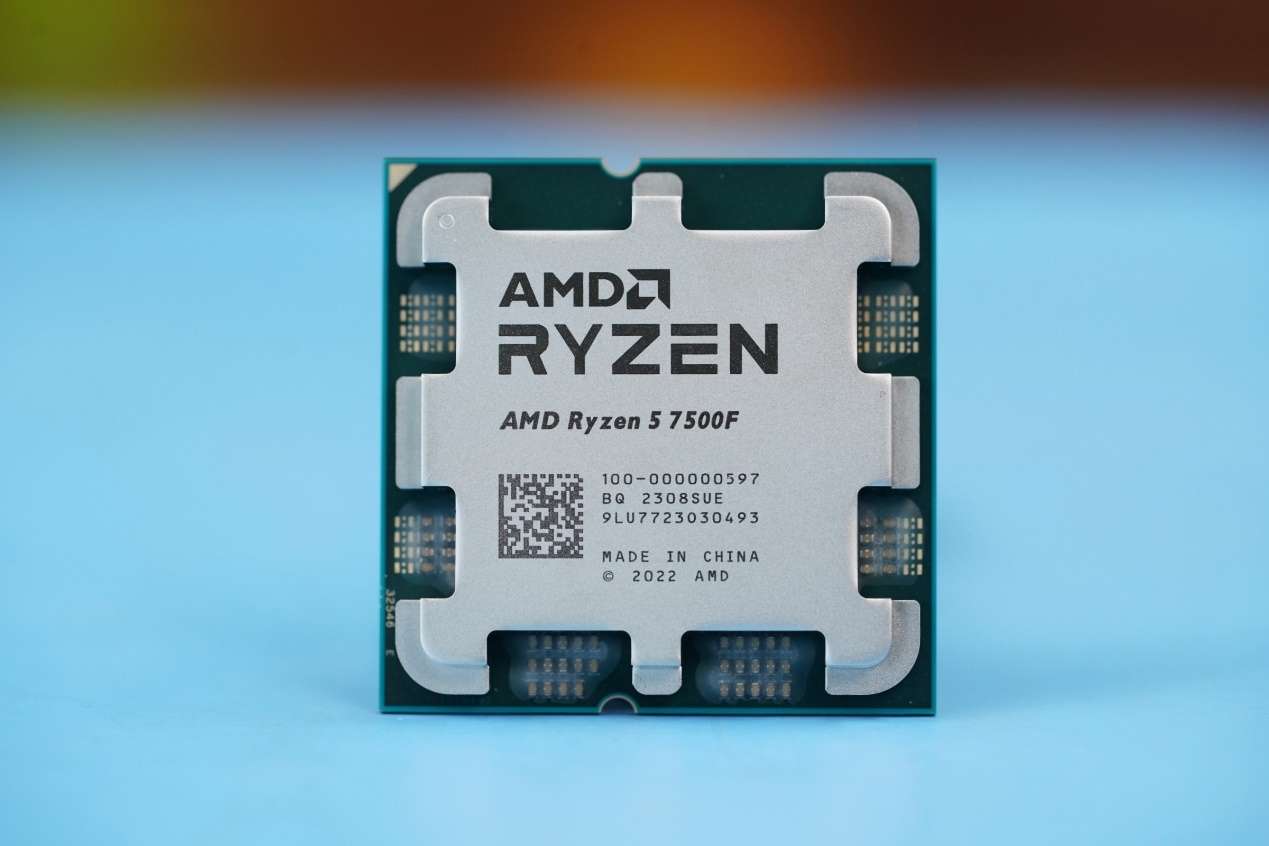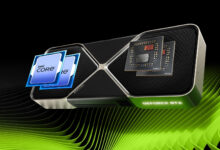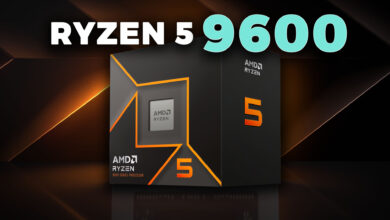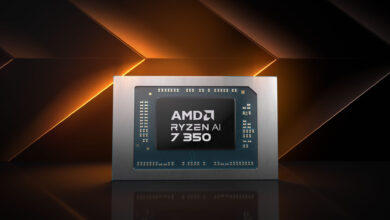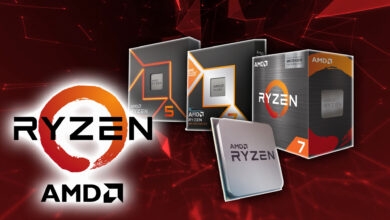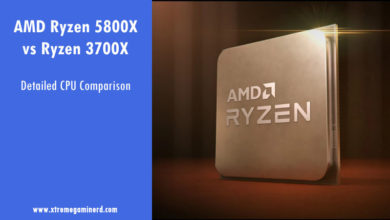The CPU is present on all types of computers irrespective of size and type. Just as any other electronic component in a computer, the CPU also works by supplying voltage to its circuit.
Literally, any device that performs calculations has a CPU inside its circuitry whether it is a phone, a computer, a gaming console, or a smartwatch. This makes it one of the most crucial components for optimal function in any smart device.
As most computer components are categorized into input and output devices, let’s see under what category the CPU falls and what makes it unique.
What Is A CPU?
“CPU” stands for “Central Processing Unit” which is also known as the brain of a computer and as its name suggests, it is responsible for processing the data. Whether you perform any arithmetic operation or a logical operation on your computer, the CPU is responsible for all of it.
Basically, a CPU has two main components known as Control Unit and the Arithmetic Logic unit that perform all these functions. However, there are other additional components such as Registers, Cache, Buses, and Clock that help the CPU complete an operation.

There are essentially three things a CPU does which are Fetching, Decoding, and Execution. When a CPU fetches instructions from the computer’s storage device, it sends the instruction from its Instruction Register to the Instruction Decoder. When the instruction is decoded into signals, the Execute operation comes into action once the signals are sent to their destinations.
A CPU is made up of billions of microscopic transistors that work as gates that perform all kinds of operations. The transistors count has significantly increased since the invention of computers and each year they become smaller and smaller.
A CPU features cores that are responsible for executing different tasks one by one or at the same time. We use to have only one-core CPU in the past but now modern CPUs can be found with several cores per CPU that can range from 2-128 cores.
CPU has its own speed for indicating how many instructions it can perform every second and is generally measured in MHz or GHz. Similarly, a CPU features its own cache memory for quick access to applications that helps it process the data faster.
Is CPU An Input Or Output Device?

A computer is mostly made up of input and output devices. While most peripherals like keyboard and mouse are input devices as they send the signals to the computer, the internal hardware of a computer has a totally different job than simply sending or receiving the data signals.
In simple words, if a component is sending a signal for decoding and encoding, it will be known as an Input device like when a button is clicked on the mouse, it sends a signal to the computer which registers the click for executing an operation. An Output device like a monitor displays all the results you do from your input device.
A CPU falls in neither of these categories. It surely sends and receives the data but we do not use a CPU directly to input our instructions.
When a mouse button is clicked, the CPU starts to fetch, decode, and send the message to the required component of a computer, and this way the operation is completed. Here, the first action performed is the clicking of a mouse button which registers our input, the second action is the processing, and the third is the output we see or hear from our output devices such as monitor, printer, or speakers.
Therefore, a CPU is neither an Input nor an Output device .
Is CPU A Storage Device?
While the CPU has its own cache memory that temporarily stores the important information of applications, it is not a storage device.
The cache memory on a CPU is volatile and the data that resides in that gets deleted as soon as the computer is turned off. A storage device such as a hard drive or an SSD is a non-volatile memory that can store data even after the computer is switched off.
When the CPU starts to process a set of instructions, it fetches the essential data about the app from the computer’s storage device. This helps the CPU to speed up the process without asking for the data repeatedly from the storage device.
